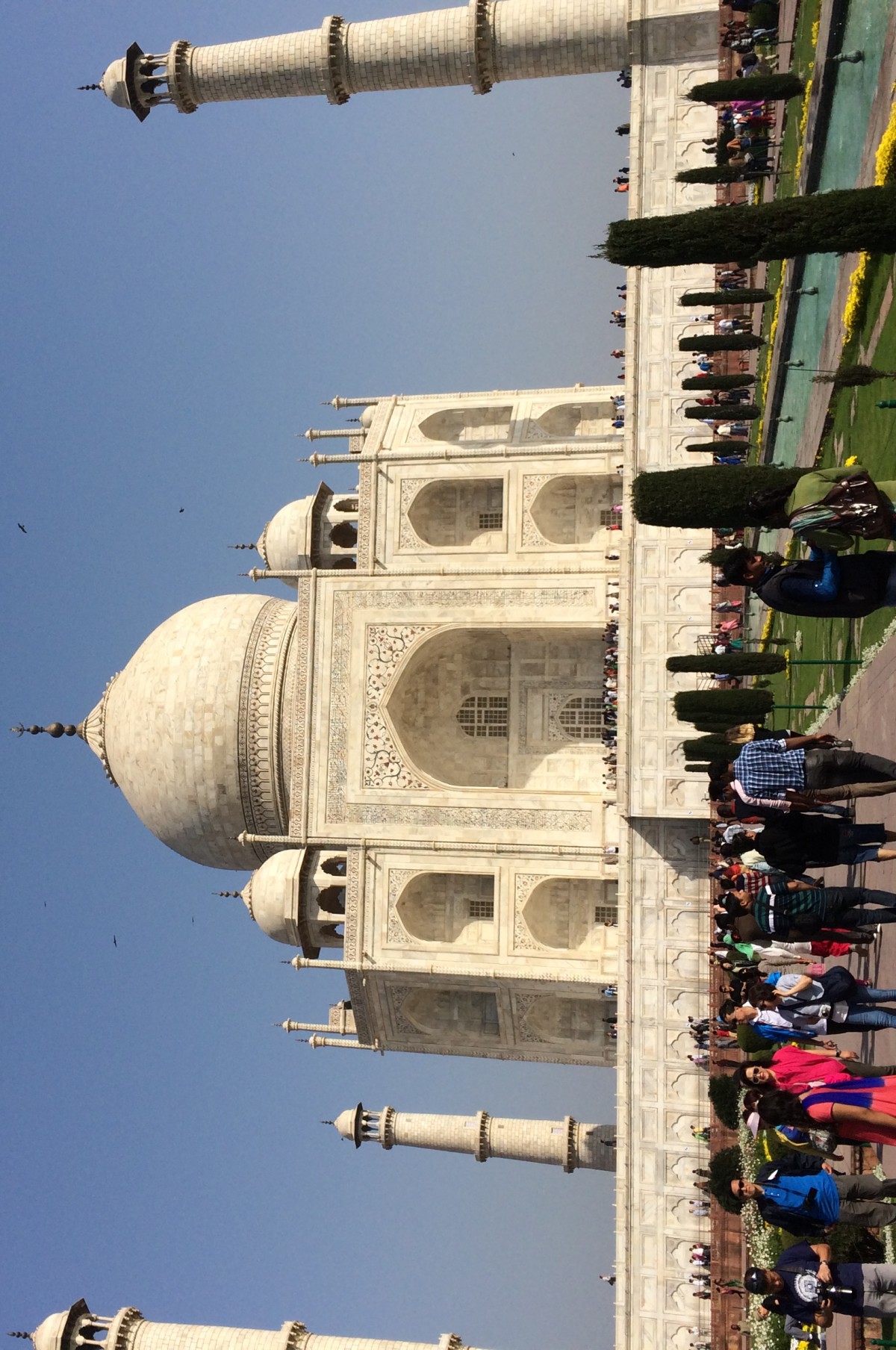
Food tastes better. Maybe it’s because hiking makes you hungrier, or it’s because you appreciate how much harder it is to cook without electricity. Your body clock aligns with sunrise and sunset – after all, you can’t do much without light, and a candle can only provide so much of it. You wake up refreshed from a good night sleep – no interruptions from the cell phone, just pure rest. Looking out of the window, you realize how amazing the mountains look instead of rushing to start your morning. You re-appreciate what you take for granted. Coming from Colorado, I saw the Rocky Mountains every day, but I didn’t really pay attention to it. After living abroad and living in a different subcontinent, I appreciate the moment.


Fast forward two weeks later, and I’m back in Mumbai setting up a panel discussion in an event hosted by Washington University in St. Louis and Indian Institute of Technology Bombay. We invited speakers from both universities, with collaboration from the American School of Bombay, to moderate and bring industry expertise from their global community to expound upon leadership and educational needs under the context of India’s initiative “Make In India” as the country evolves from a developing nation. I reflected and marveled how in just a short time ago, I was hiking in the Himalayas with limited communication to being in the center of global dialog – examining India’s educational culture of risk aversion to developing leaders who can address unknown unknowns.

The panel discussion was a huge success stimulating intellectual curiosity on how the country’s educational foundation should transition to meet leadership challenges as India advances to an industrial economy.
With so many complexities, I definitely appreciate simplicity. I just know to never take it for granted.






